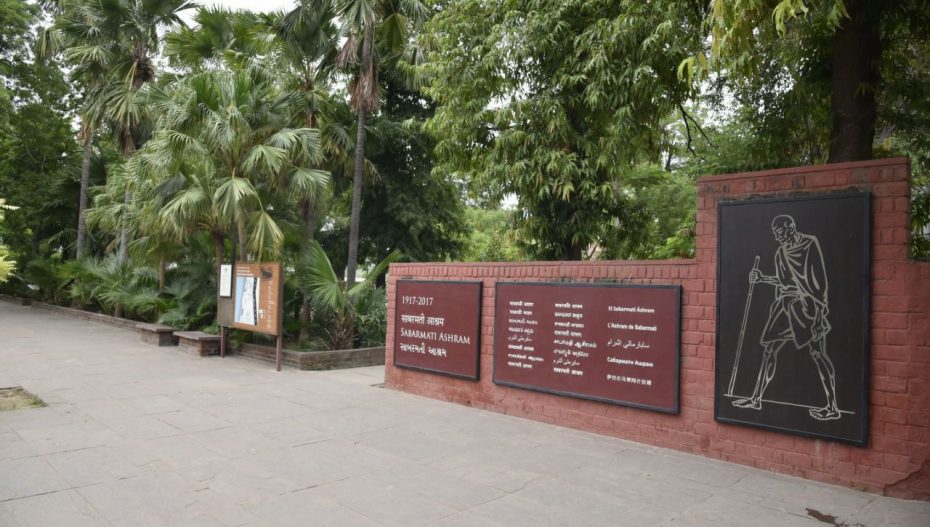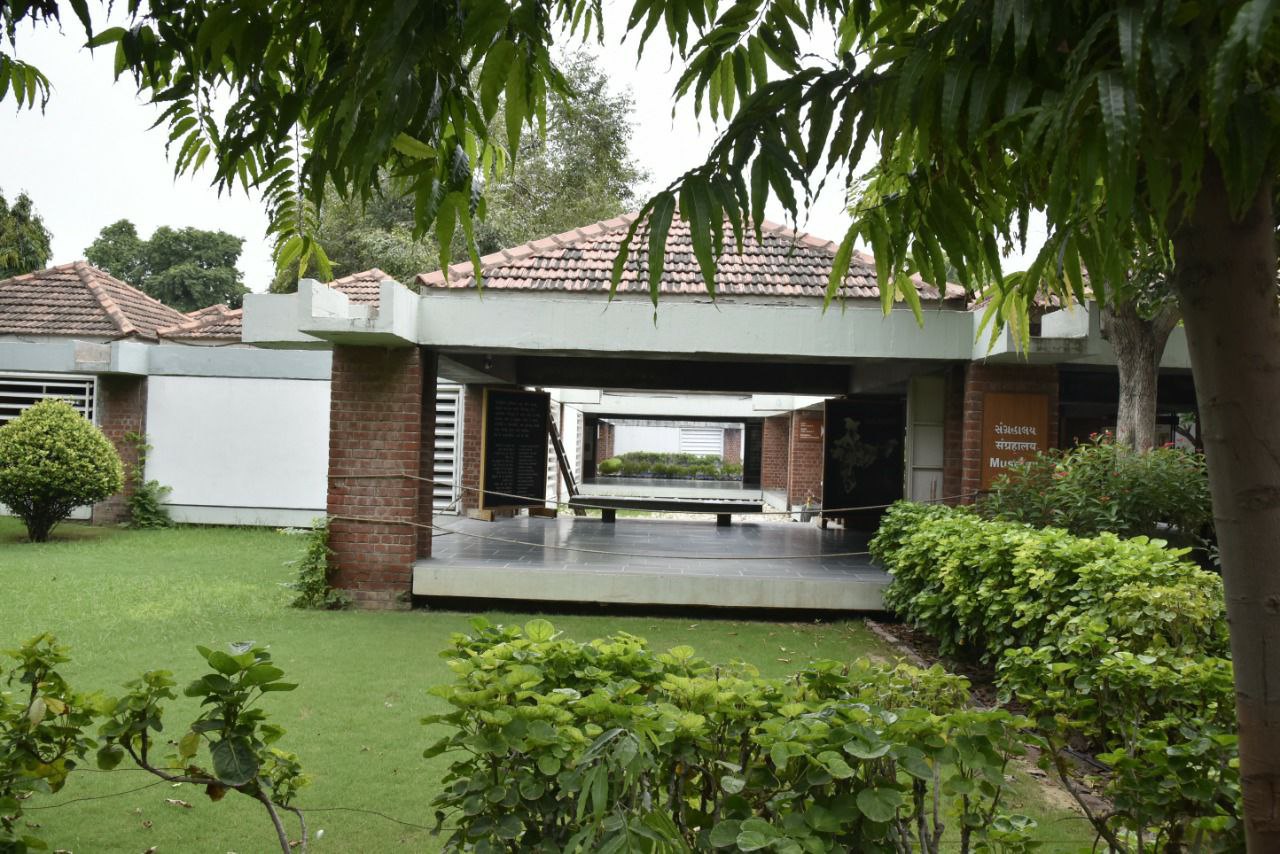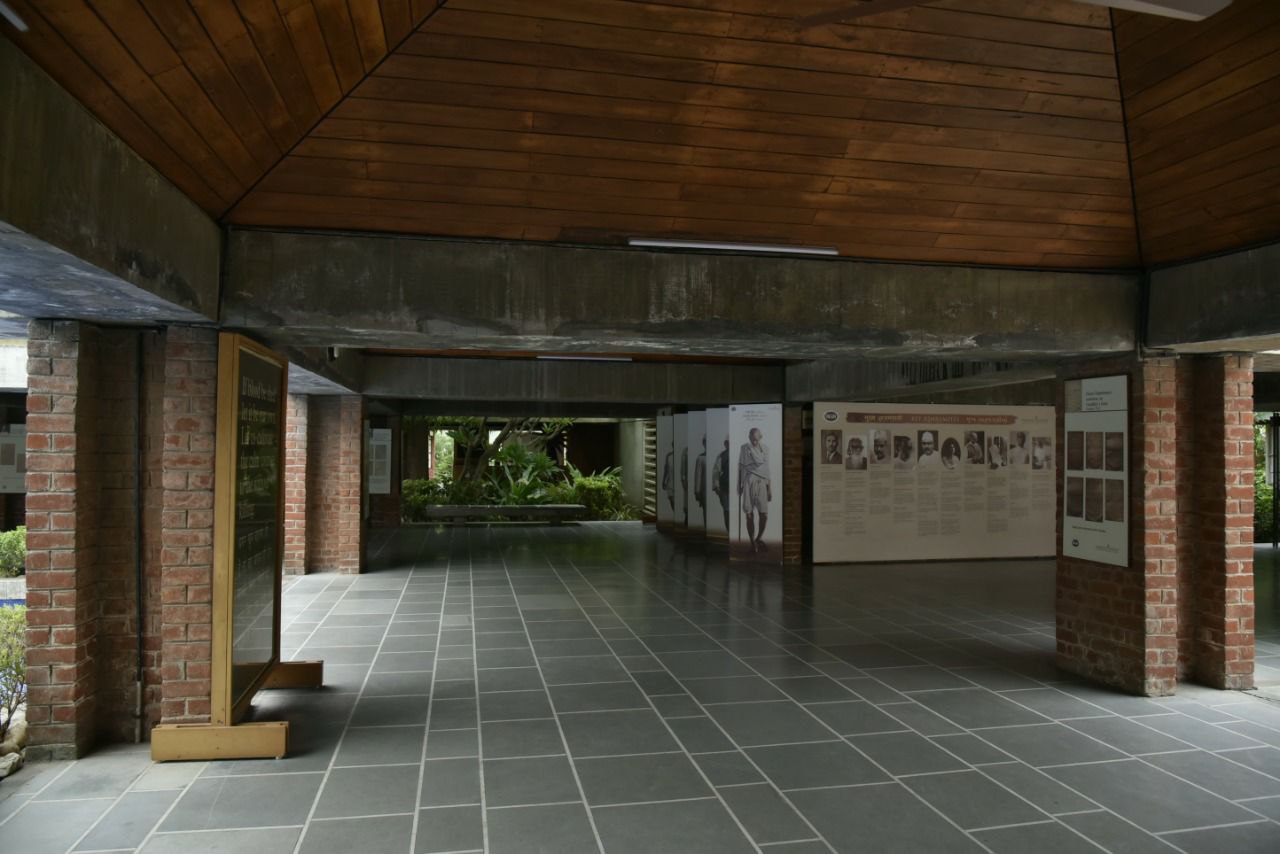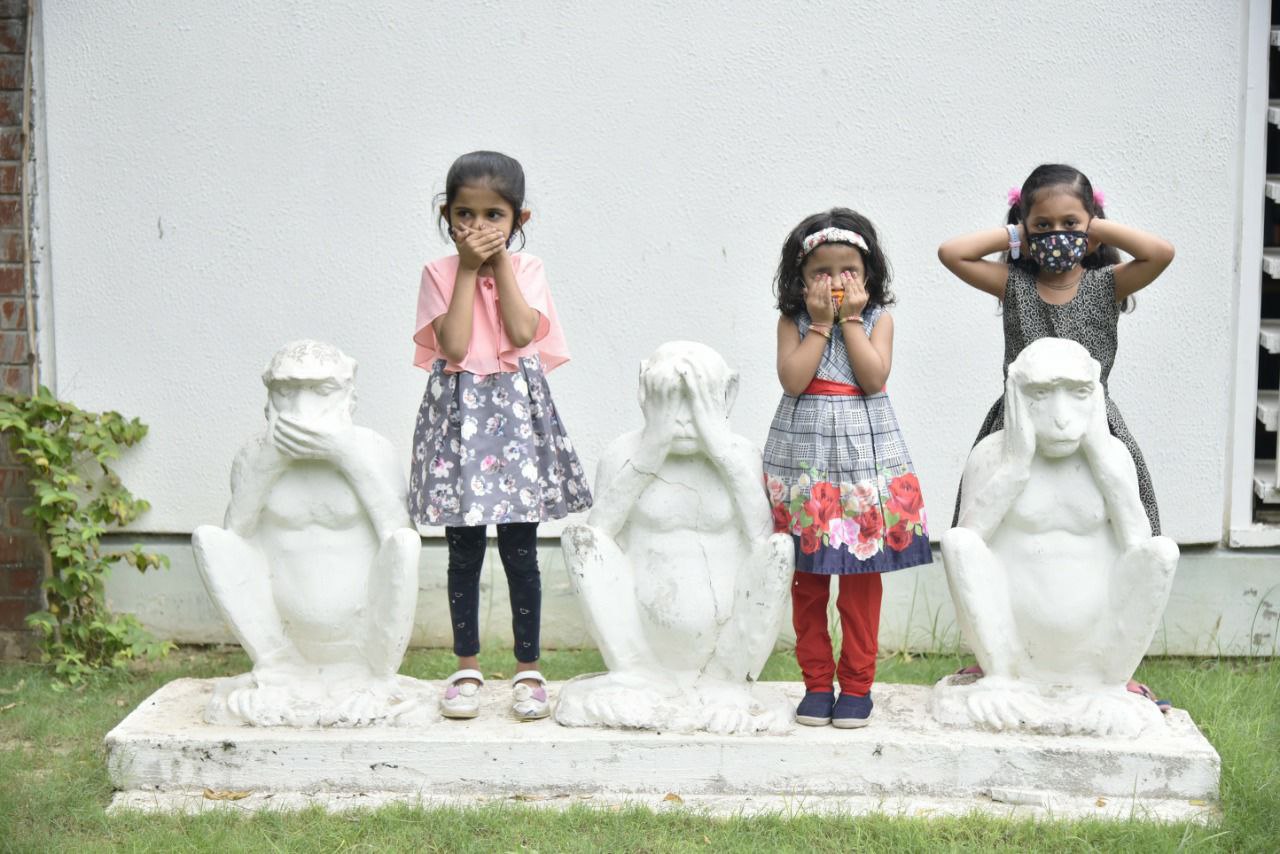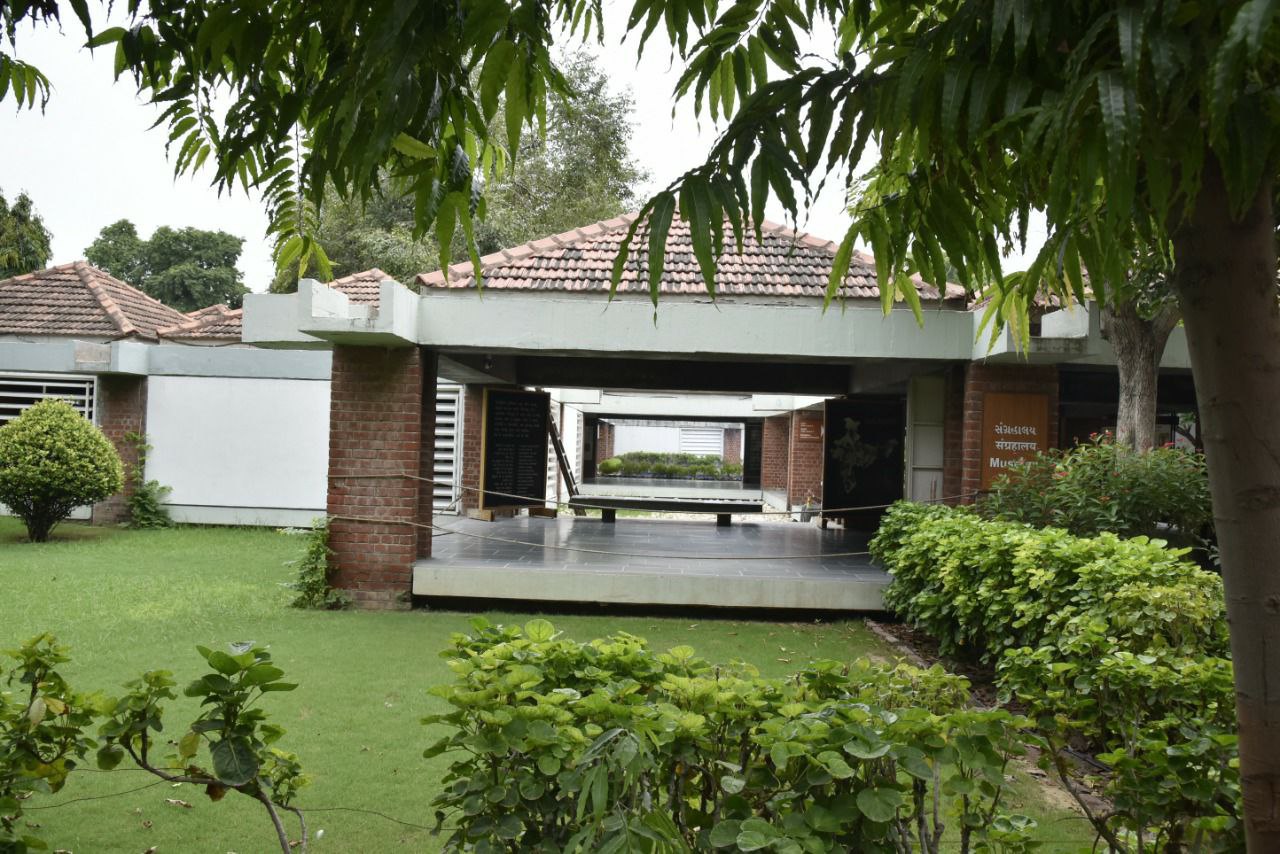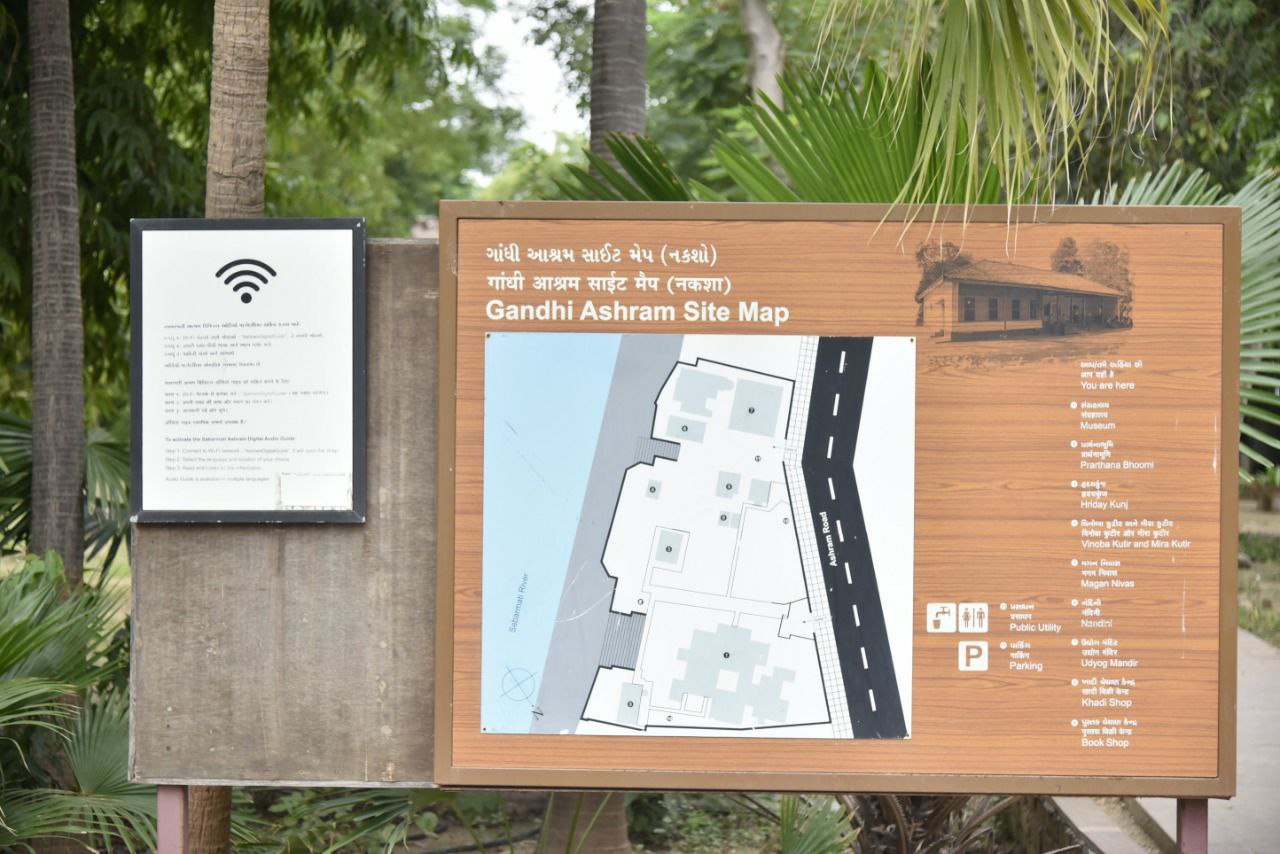The Gandhi Memorial Museum at the Sabarmati Gandhi Ashram doesn’t stun one into art-struck awe as most museums usually do to seasoned art and culture connoisseurs. The structure is, by no means, grandiose or out-of-the-box. In fact, what one feels while roaming the dimly lit corridors is a sense of uncompounded belonging.
For the layman, the muted exuberance may be subtle on the senses, for architects, however, the sheer simplicity of the place stands testament to the magnificence of Charles Correa’s work. Correa designed the museum in 1963, years after Gandhi was assassinated.
Located in the heart of Ahmedabad, the Mahatma Gandhi (Sabarmati) Ashram was home to Gandhi between 1917 and 1930. Correa’s work is reminiscent of the past that many of us may not have had the opportunity to witness first-hand. His work with the museum is the unadulterated version of the life that Gandhi lived – one of discipline, simplicity, and warmth.
“What makes Correa’s work stand apart is the simplicity and no-show-off attitude in his architectural sensibilities. He imbued the practices of Gandhi in his designs and understood well the need to replicate the same aura in the museum. Some things should remain simple and quiet, not everything has to be world-class,” Professor Neelkanth Chhaya, a renowned architect, said.
(Photo credit : Mayur Bhatt)
Correa designed the museum in a way that does not try to impress you. It simply wants to include you, he added.
“The structure is open from all four sides – connecting the visitors with nature. One doesn’t feel boxed-in. Take for instance the way the ceilings are designed – the beams are low enough for your eyes to take in the total exuberance of the architecture and at the same time make you feel as if you are right at home. While is why the building is so profoundly moving. Only concrete, wood, bricks, and roof tiles were used during the construction process,” Chhaya said.
A website www.famous-architects.org, that chronicles the works of all the renowned architects, said, “He (Correa) always designed buildings complementing the context and landscapes of India… He suggested a new living style that meant using different parts of the house at different times of the day depending upon the passive systems used.”
Correa’s other notable works include the Tube House in Ahmedabad (built in 1962 and demolished in 1995), the British Council in Delhi, Kanchanjunga apartments in Mumbai, among others. He also helped conceive Navi Mumbai in the 1960s. Correa was best known for his “open-sky concept of design”, which as he described in an interview with an international publication The Guardian was like “using a house in a nomadic way”.
Architect Hiren Patel described the museum as ‘timeless’. “The Gandhi Ashram Museum is a masterwork. It requires some repairs and improvements in terms of the exhibit display and new technologies of lighting and air conditioning. The architectural design and details of Correa’s work is timeless and is even today a place of inspiration for all architects. We must preserve this beautiful masterpiece at all cost.”
Other architects Vibes of India (VoI) spoke to stressed the simplicity of the design that distinguished Correa’s work from all others of his time. “He digested the Gandhian ideology well and it reflects in his work in the museum. The grandiosity of his ideas can be seen in the simplicity of his work. Organic ventilation, low hanging ceilings, building open from all sides – show how well he understood the sustainable lifestyle of Gandhi. Moreover, the tiles used in the building were made by vernacular artists,” Minal Patel, an architect and urbanist, said.
Change and constancy
Pradyumansinh Chauhan, another Ahmedabad-based architect, has a different point of view. He feels the place needs to update with time in order to keep with the ever-evolving connotations of culture.
“The materials used for construction will not sustain it for 100 years. Some sort of restoration – keeping in mind the need of the newer generations – needs to be undertaken for any important monument to keep attracting visitors. Keep it simple, and maintain the sustainable lifestyle that Gandhiji followed and advertised. But to continue the legacy of his ideology, more needs to be offered to people and his followers,” Chauhan said.



